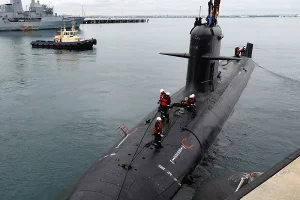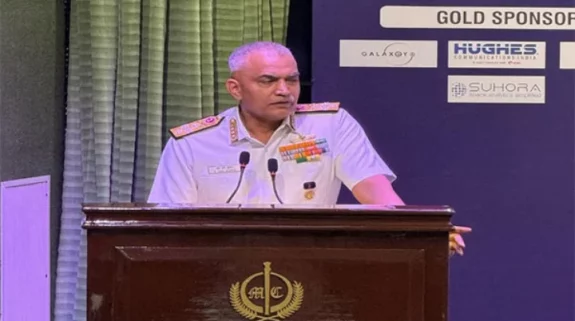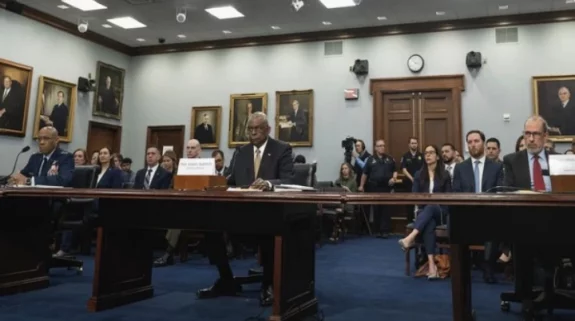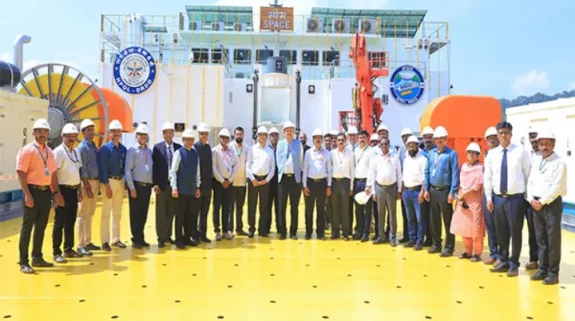The Pacific Ocean has been shrinking a few centimetres every year since the time it was a super ocean enveloping Pangea, the last supercontinent. But what is alarming is that a new study claims that it will eventually vanish one day.
Well, as per a report in sciencealert.com it will not happen immediately as the oldest ocean will remain for another 300 million years before calling it a day. It may also celebrate its billionth birthday which according to Australia’s Curtin University scientists may not materialise.
While reaching its end, the Pacific will not be a shadow of what it is today.
Underneath the Pacific there are several subduction zones which are areas where the tectonic plates smash against each other and ride over on top of the other and thus aptly called “Ring of Fire”. These zones play the role of a bathtub drain on the ocean floor.
Year on year a few centimetres of the Pacific plate is slipping under the Eurasian plate and the Indo-Australian plate, and this is slowly reducing the distance between North America, Asia and Australia.
Scientists are not in agreement as to what the next supercontinent will look like but most of the studies suggest that the Pacific Ocean will cease to exist. Interestingly there are scientists who feel that the Atlantic Ocean which is in expansion mode now will start to shrink and it will be the Pacific Ocean that will envelop the new continent.
Scientists of Curtin University disagree on this and instead suggested that the future supercontinent will be Amasia which will come about when North America collides with Asia. Australia will fill up of what is left of Pacific Ocean.
The Australian researchers’ simulations are formed on realistic plate and mantle parameters belonging to the past and present. These were used by the supercomputer to forecast the future.
Sharing details about the study, its lead author Chuan Huang, an Earth scientist said: “Over the past two billion years, Earth’s continents have collided together to form a supercontinent every 600 million years, known as the supercontinent cycle. By simulating how the Earth’s tectonic plates are expected to evolve using a supercomputer, we were able to show that in less than 300 million years’ time it is likely to be the Pacific Ocean that will close, allowing for the formation of Amasia, debunking some previous scientific theories.”
In this model of Amasia the Pacific Ocean disperses with the weakening of the upper layer of its crust. Providing his view on this geoscientist Zheng-Xiang Li said: “Earth as we know it will be drastically different when Amasia forms. The sea level is expected to be lower, and the vast interior of the supercontinent will be very arid with high daily temperature ranges.”
This is not the only supercontinent simulation. One model describes a supercontinent called Novopangaea which comes into being when the Americas crashes against Antarctica before bumping into Eurasia and Africa.
Another model predicts the Aurica supercontinent where the Pacific and Atlantic are no more and a new ocean basin comes into being.
Details of this study was published in the National Science Review.




















